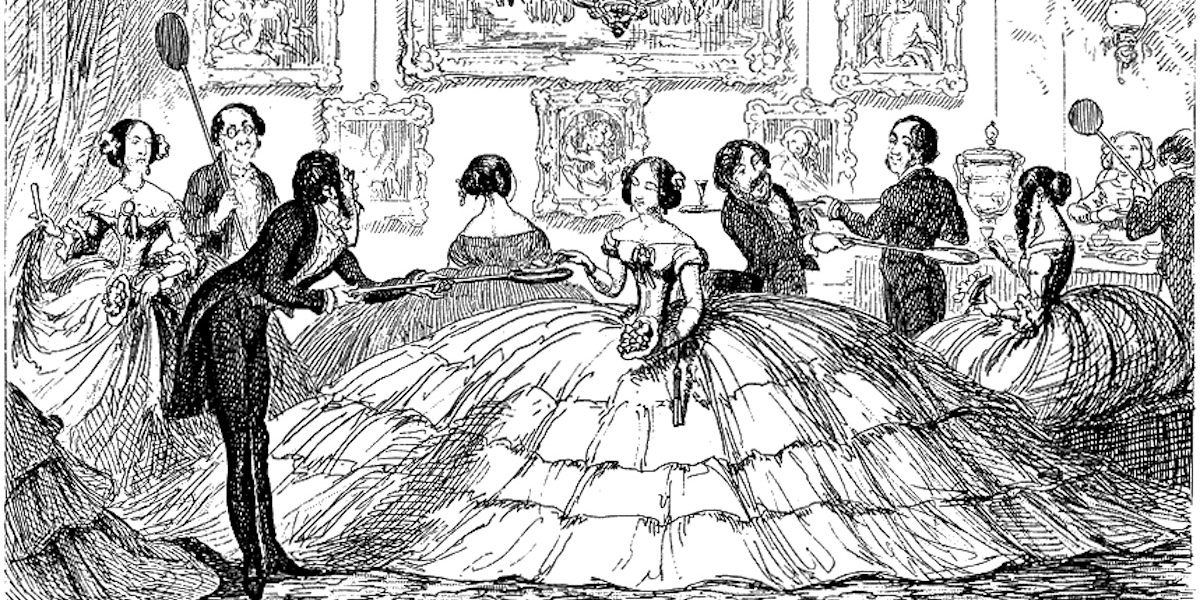Dove stiamo andando
Il Guardian ha un buon pezzo che spiega come funziona il sito americano Buzzfeed, caso di scuola delle prospettive dell’informazione contemporanea e futura, e come ci stiamo muovendo verso un atteggiamento assai più laico – piaccia o no (a me no, ma prendo atto) – nei confronti della convivenza tra informazione e pubblicità, e tra giornalismo e contenui “bassi” (voi direte: gli italiani sono già avanti; forse sì, ma sono molto poco scientifici e con scarsissima knowledge sulla rete).
For old-media veterans, this approach to the warm embrace of advertising still feels like heresy. “I think it’s a conflict for prior generations of media professionals,” said Forrester’s McQuivey. “These [new] media companies don’t even see as a conflict. They’re not doing it with any concern over ethics and what’s the right way to combine the two. They’re looking at what the reader wants – does the reader want content in this way. I think the next generation doesn’t care one whit and we [the old generation] just have to get over ourselves and accept it.”
McQuivey says that despite the nose-holding of many old media companies, when he visits the sites of many old-line newspapers he says they have marched in the same direction. “I do think old media should adopt this,” he said.
Vedi anche:



